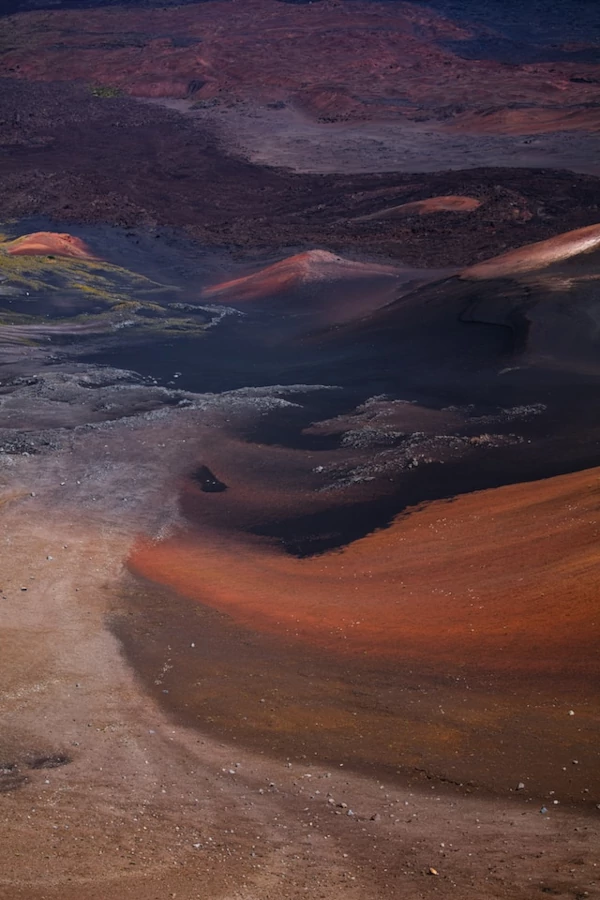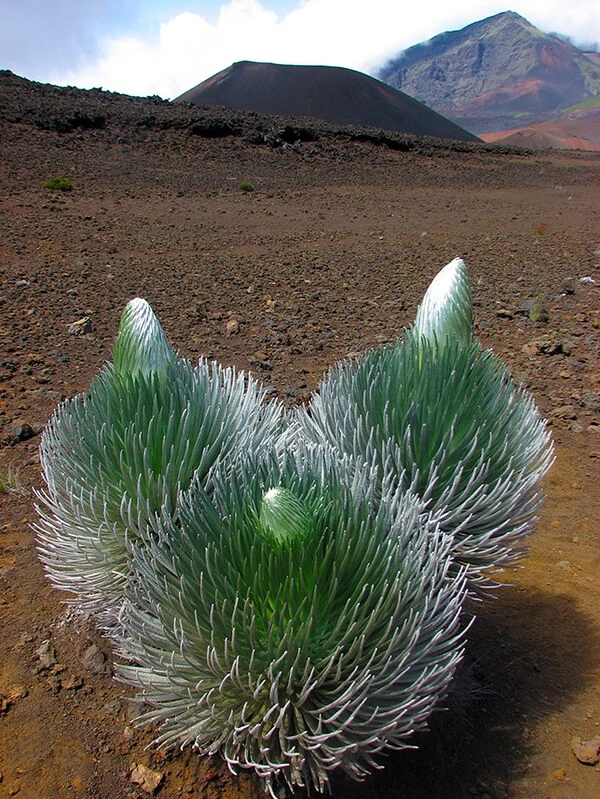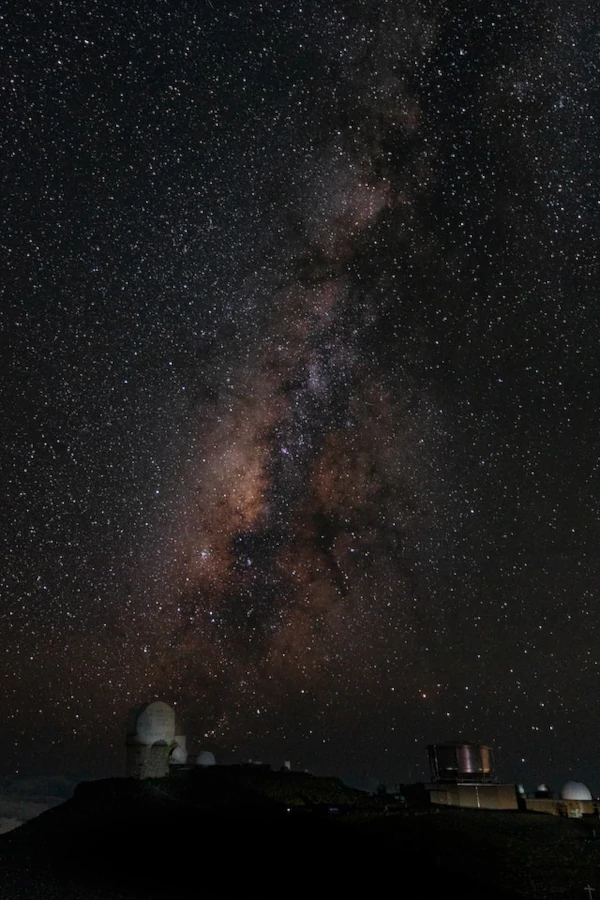At the summit of Haleakalā, visitors are treated to a surreal experience as they witness the dawn or dusk illuminating the crater in an array of colors, creating a celestial spectacle. The summit area, characterized by volcanic cinder cones and lunar-like landscapes, offers a stark contrast to the lush tropical rainforests found in the park's coastal regions.
Descending from the summit, the park unfolds into a diverse ecosystem featuring unique flora and fauna. Haleakalā is home to a variety of endemic species, including the rare silversword plant, which blankets the slopes with its striking silver leaves. The park also provides habitat for the native Hawaiian honeycreeper birds, adding to its ecological significance.
Hiking trails wind through the park, offering visitors the opportunity to explore its different facets. The Sliding Sands Trail takes hikers into the crater, providing an up-close encounter with its geological wonders, while the Pipiwai Trail leads to the awe-inspiring Waimoku Falls, a 400-foot waterfall nestled in a lush bamboo forest.
Whether you seek the serenity of the summit, the thrill of hiking trails, or the exploration of unique ecosystems, Haleakalā National Park promises an unforgettable journey through the contrasting wonders of Hawaii's volcanic past and vibrant present.








